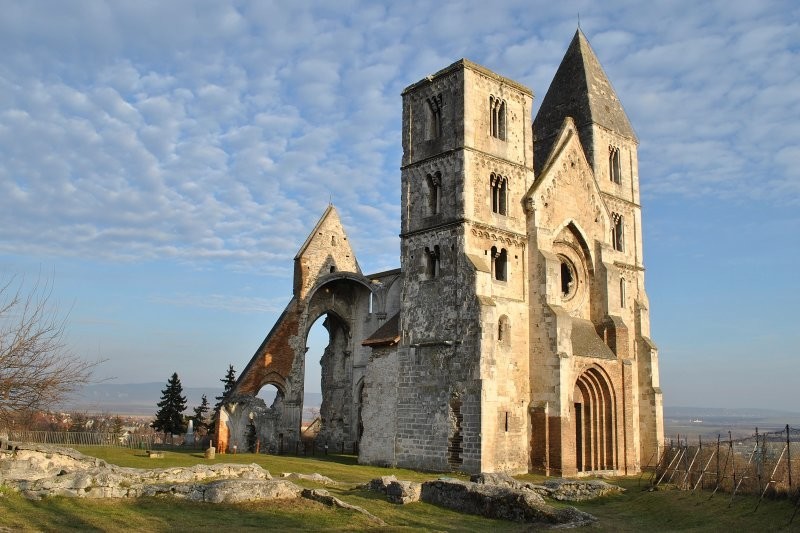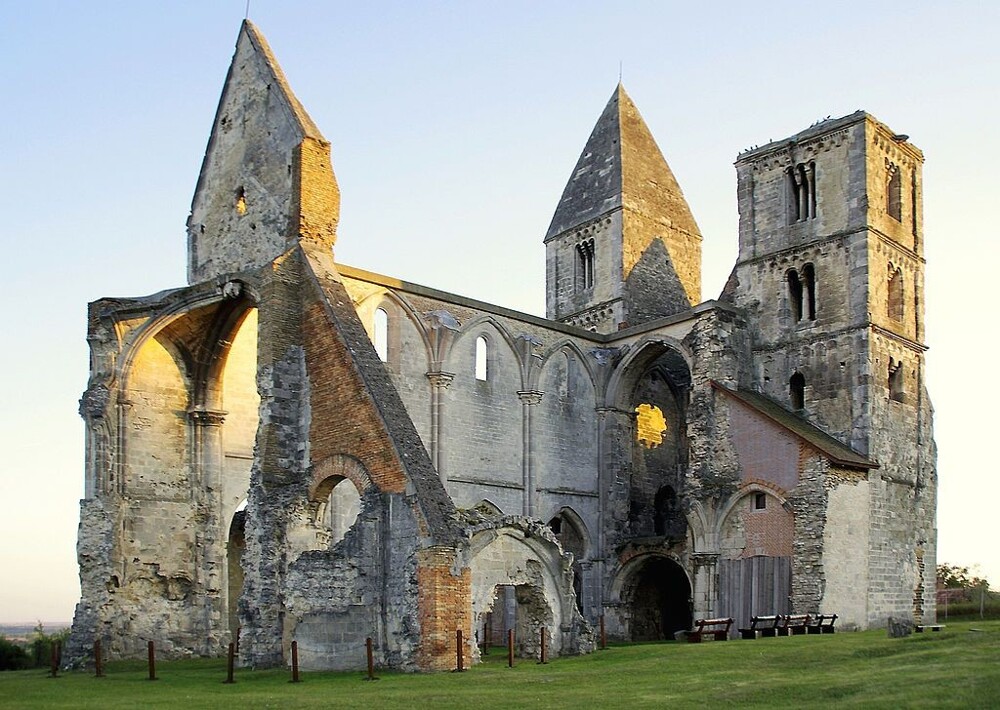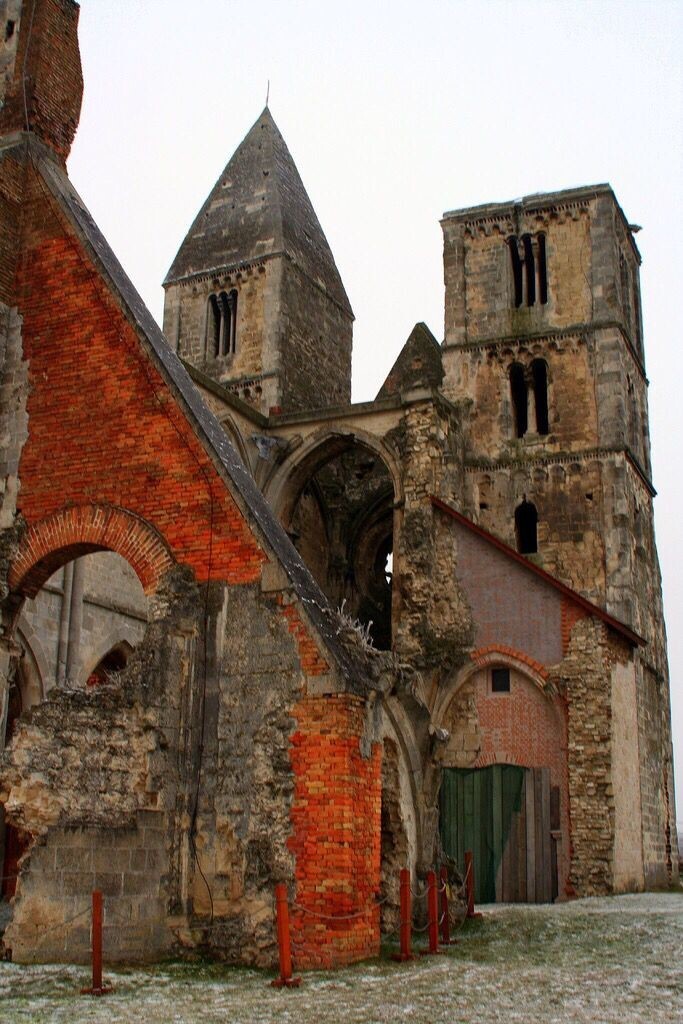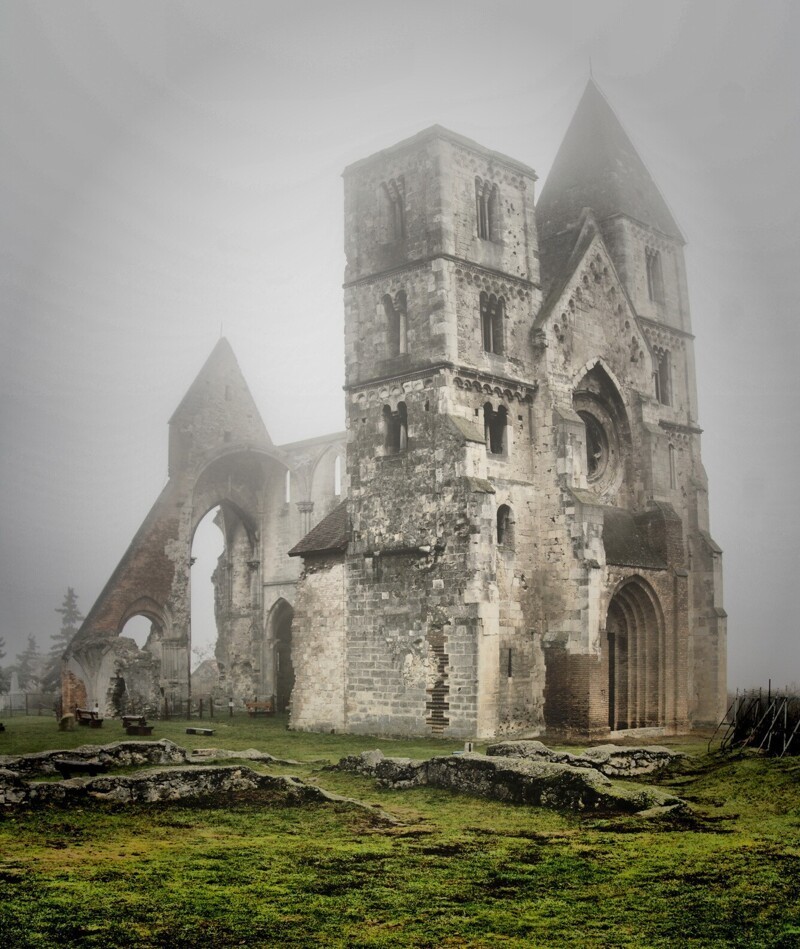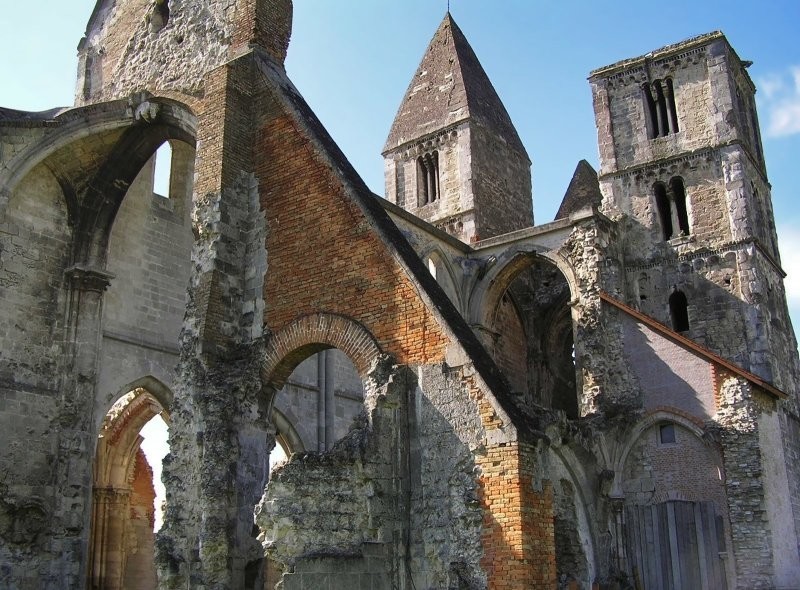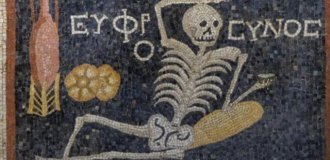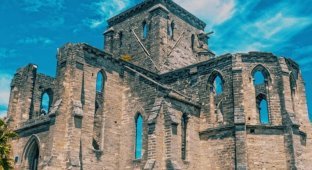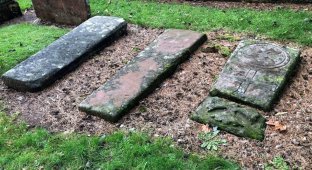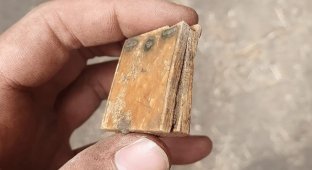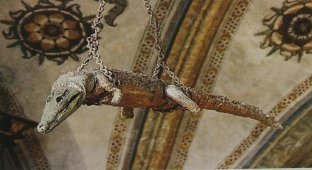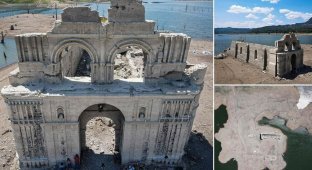Medieval monastery church of Prémontre in Jambec (10 photos + 1 video)
The ruins of the once majestic 13th-century Romanesque church on the hillside are reminders of the grandeur of past times and the skill of ancient architects. 
30 kilometers from Budapest on a hilltop in the small Hungarian town of Zsambek are the ruins of a 13th-century monastery church. 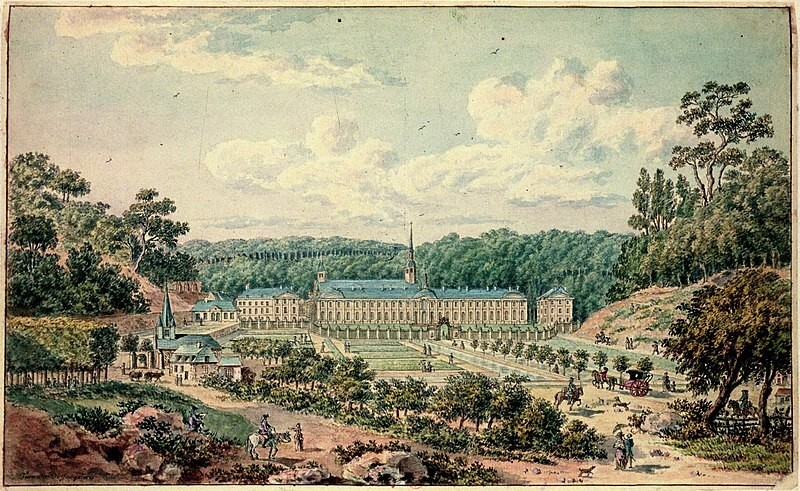
Prémontre Abbey, France
Construction of this church began in 1220 and was completed approximately 30 years later, by the middle of the century. The descendants of the French knight Ainordi (Ainard) de Champagne financed the construction of the Premonstratensian church. Founded in 1120 by Norbert of Xanten at the Abbey of Prémontré, the order of Premonstratensian monks (Norbertians or Norbertines) adhered to a strict ascetic lifestyle. 
Premonstratensian monk. 17th century engraving
In 1241, the Mongols destroyed part of the church during an invasion. Despite the destruction, the monks remained in the abbey for many more years. In the 15th century, most of the church burned down as a result of a fire. Then in 1541, Turkish troops occupied the hill for more than a century. They turned the church into a fortress. Additional stone fortifications are perhaps the only reason why the church has survived to this day. 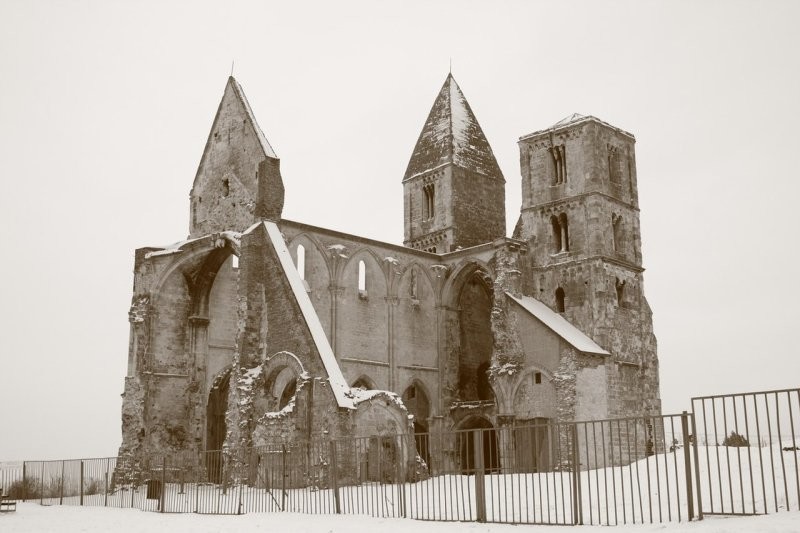
The most destructive event in the history of the building occurred in 1763. The strongest earthquake in the country's history, with a magnitude of 6.3, destroyed most of the complex.
After the earthquake, local residents took stones from the crumbling church to rebuild their community. To this day, many fragments of the church remain within the walls of village houses. 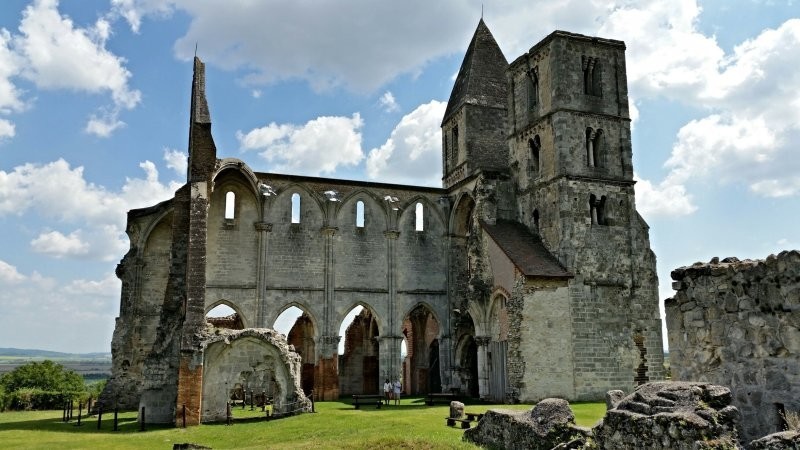
Ultimately, it was not until 1889 that restoration began under the direction of the Hungarian architect István Möller. But in the end it was decided to leave the church as ruins and preserve it in its original form.
Since 1986, constant research and restoration have been carried out in the ruins. Although the medieval festival “Fekomadta” is held annually in Zhambek, in which the church takes part, the future of this ancient architectural monument remains uncertain. 